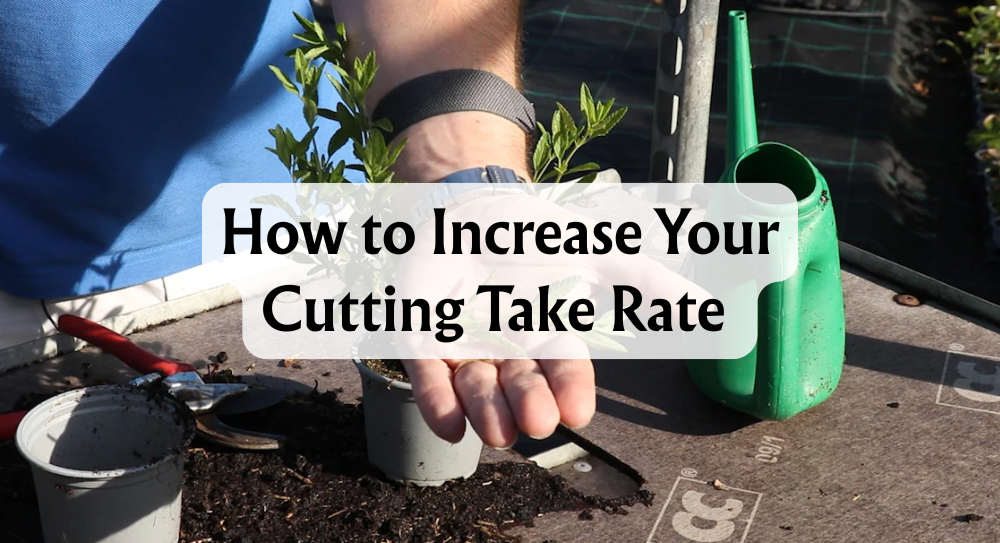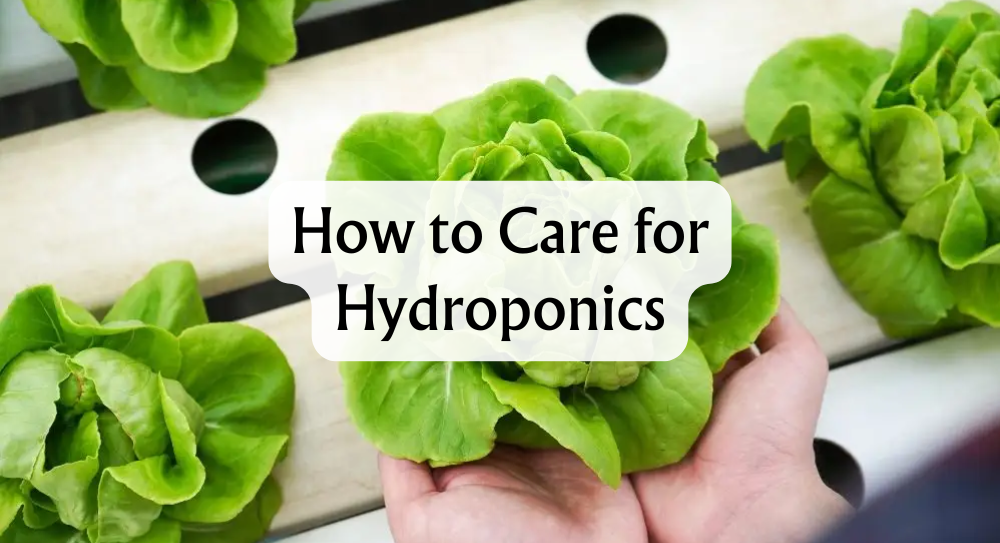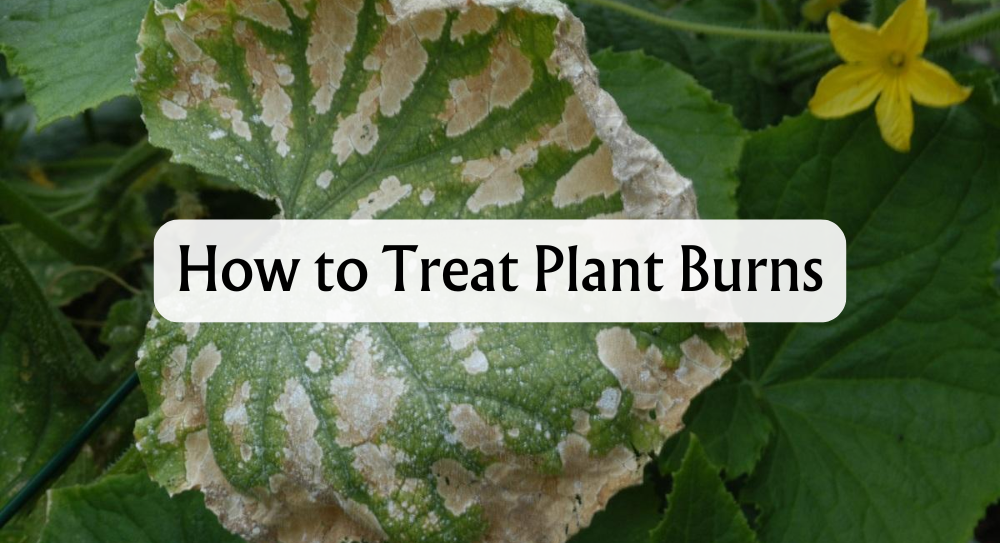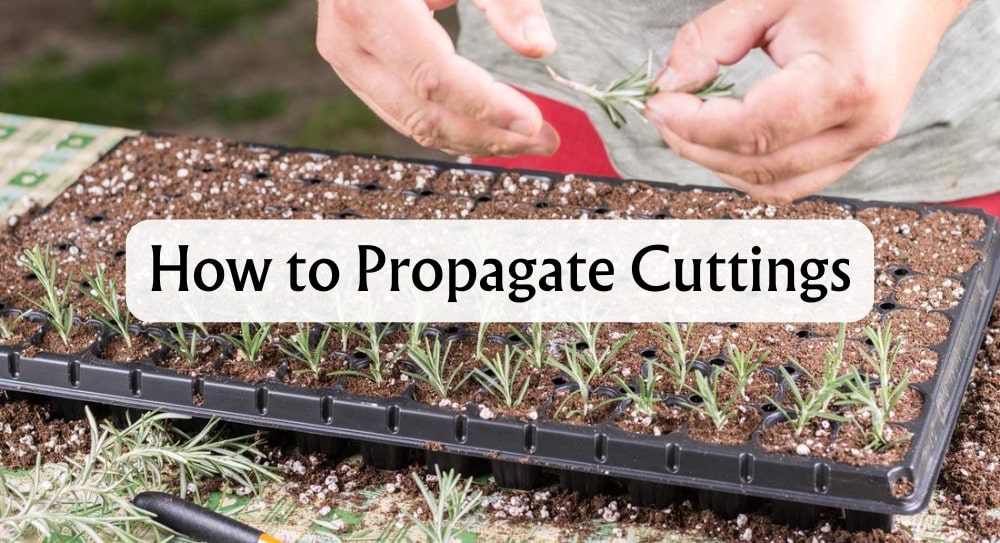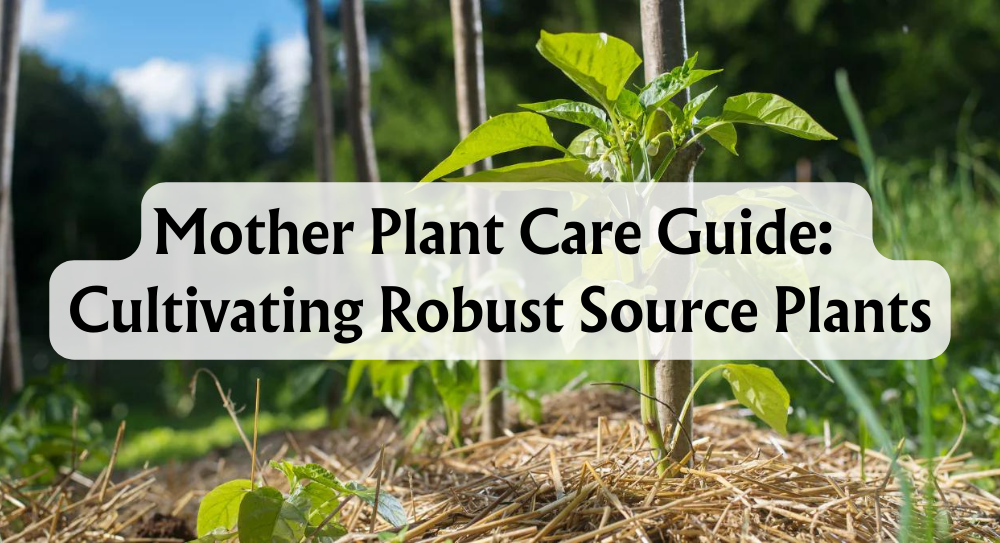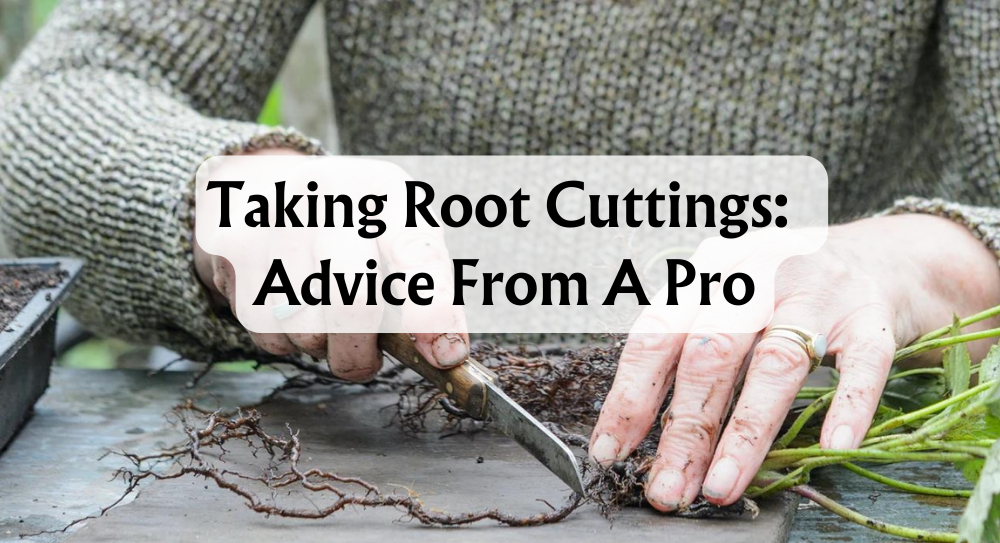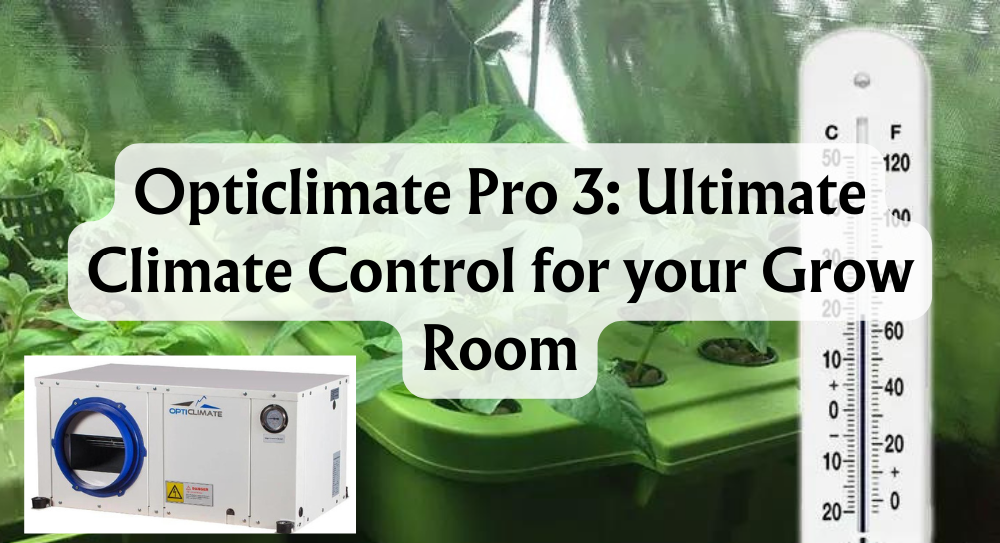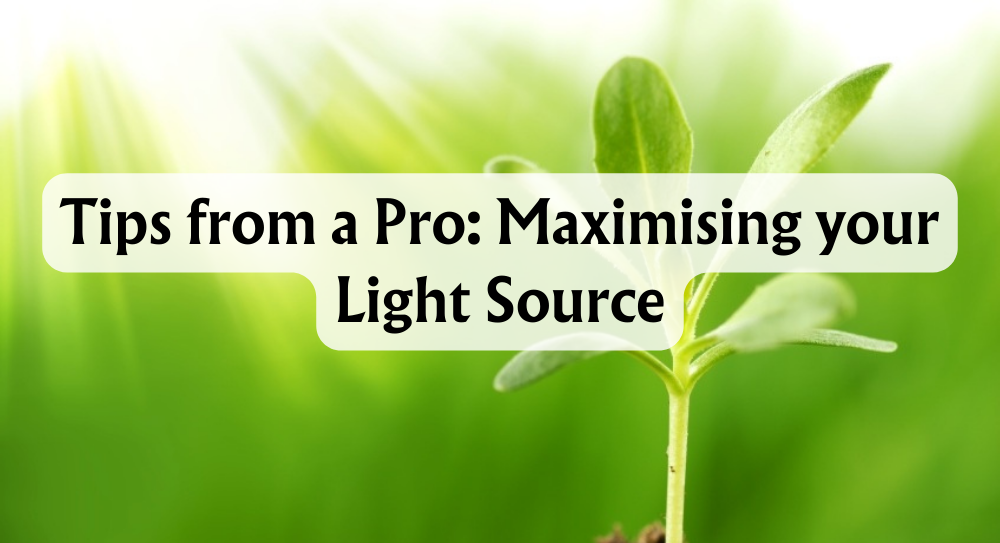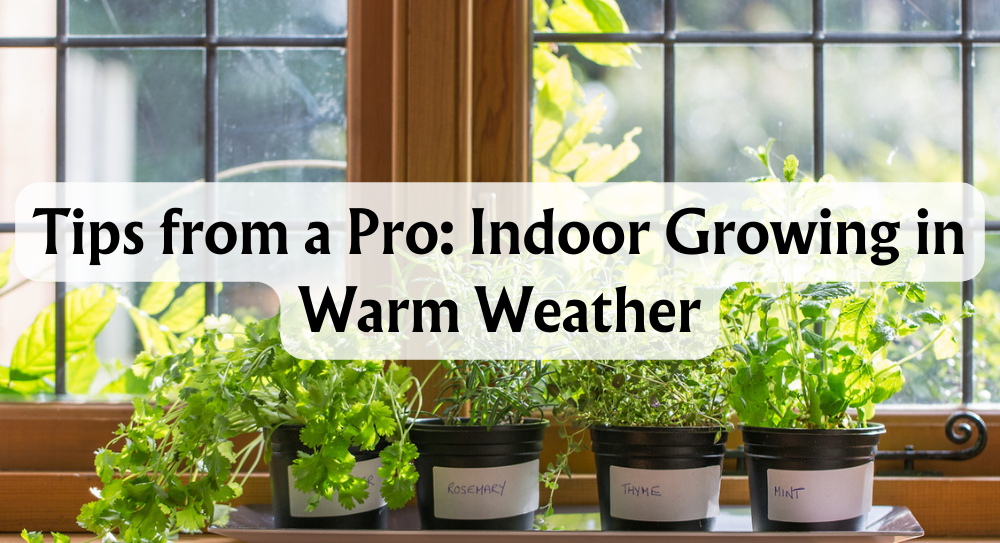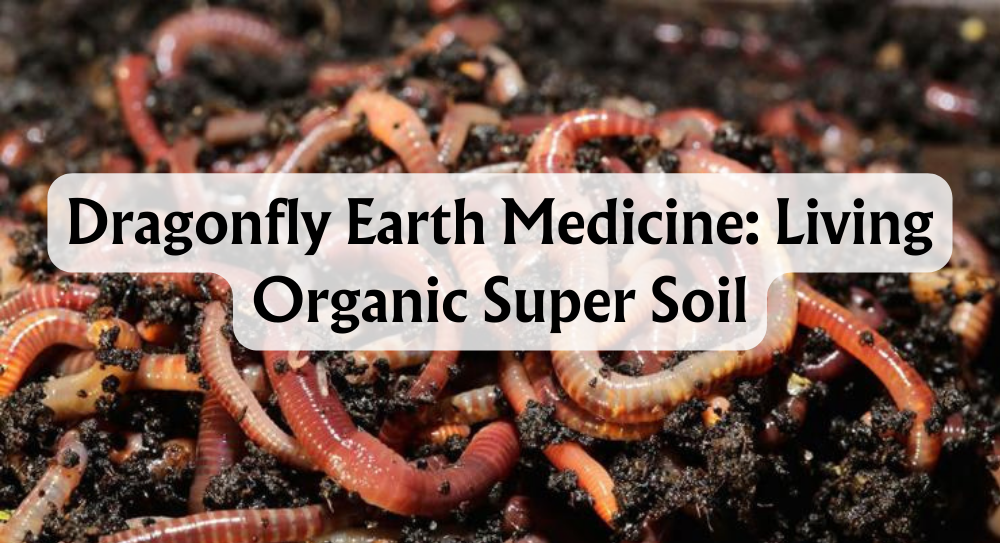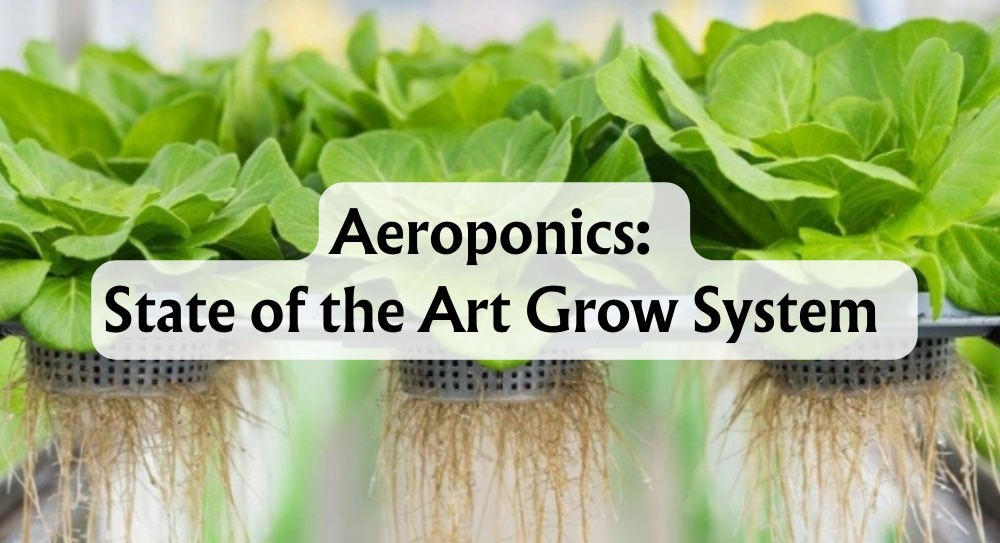How to Increase Your Cutting Take Rate
Propagating plants through cuttings is one of the most effective ways to expand your garden or production. However, achieving a high success rate requires precision, proper technique, and an understanding of your plants’ needs. This guide will help you optimize your approach to increase your cutting take rate.
Understanding Planting Depth
Ensuring that cuttings are planted at the correct depth is crucial for success. Planting too shallow or too deep can significantly impact root development.
Too Shallow
When planted too close to the surface, roots are exposed to air, causing them to dry out before they can establish. Additionally, shallow planting makes the cutting unstable and less able to absorb water efficiently.
Too Deep
Burying a cutting too deep can lead to rot due to excess moisture and lack of oxygen. This prevents proper root development and often results in failure.
Correct Depth
The ideal depth ensures that the root zone is adequately covered while allowing the stem to interact with air and light. Cuttings should be secure but not buried too deeply. Using a clear medium such as Rockwool or similar substrates provides stability, aeration, and optimal moisture retention.
Selecting the Right Cuttings
Choosing the right plant sections for propagation is key to success. Different parts of a plant have varying rooting capabilities, and understanding these distinctions can improve your results.
Terminal Clones
These cuttings come from the top growth of the plant, where hormones like auxins are most concentrated. Terminal clones root quickly and vigorously.
How to take a terminal clone:
- Cut just below a node, as this is where roots are most likely to form.
- Remove leaves from the lower portion to reduce moisture loss and encourage root development.
Secondary Terminal Clones
These are taken from side branches near the main stem. While they retain much of the vigor of terminal clones, they require slightly more care to establish roots.
To improve success:
- Remove leaves from the lower part.
- Ensure at least one healthy node is included in the cutting.
Auxiliary Clones
Harvested from lower branches, these cuttings need the most attention. They root more slowly due to lower concentrations of growth hormones.
Best practices:
- Trim above a node to maximize rooting potential.
- Maintain optimal environmental conditions to support these more delicate cuttings.
Regardless of the cutting type, always use sterilized, sharp tools to prevent disease and create clean cuts that heal quickly. This reduces infection risk and enhances root development.
Optimizing Environmental Conditions
Even with high-quality cuttings and proper planting depth, success depends on the right environmental setup. Here’s how to create optimal conditions:
- Temperature and Humidity
- Maintain a humidity level of 80-90% and a temperature between 21-24°C.
- Use a propagation dome or misting system to sustain these conditions.
- Lighting
- Provide bright but indirect light to encourage photosynthesis without causing stress.
- Balanced-spectrum grow lights work well during this stage.
- Rooting Hormones
- Applying rooting hormones enhances success, particularly for auxiliary clones.
- Dip the base of each cutting in rooting powder or gel before planting.
Choosing the Best Growing Medium
The choice of growing medium plays a vital role in aeration, moisture retention, and support. Consider the following options:
- Rockwool: Provides stability and maintains consistent moisture.
- Perlite or Vermiculite: Prevents waterlogging and improves drainage.
- Coco Coir: Retains moisture well and is an environmentally friendly option.
Select a medium that best suits your plant species and propagation setup.
Troubleshooting Common Issues
Several common mistakes can hinder successful propagation. Here’s how to avoid them:
- Overwatering: Keep the medium damp but not waterlogged to prevent root rot.
- Underwatering: Dry conditions stress cuttings and inhibit root development.
- Improper Sanitation: Always sterilize tools and containers to prevent bacterial and fungal infections.
- Inconsistent Lighting or Temperature: Ensure the grow area remains stable and free of drafts or extreme temperature shifts.
Monitoring Growth
After planting, patience and observation are essential. Regularly check for signs of progress.
- Root Formation: After 10-14 days, gently tug on the cutting. Resistance indicates successful rooting.
- Leaf Health: Browning or wilting leaves suggest overwatering, low humidity, or stress. Adjust conditions as needed.
- Humidity and Moisture: Keep the growing medium evenly moist and mist cuttings regularly to maintain humidity levels.
Conclusion
By following the principles in this guide—ensuring proper planting depth, selecting high-quality cuttings, and creating optimal growing conditions—you can significantly increase your cutting take rate. Successful propagation requires knowledge, consistency, and adaptability. With practice, even beginners can master the process and enjoy the satisfaction of turning cuttings into thriving plants.

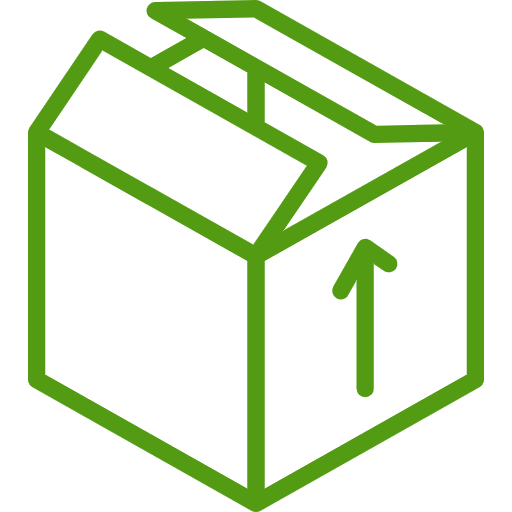





 Store Locator
Store Locator
